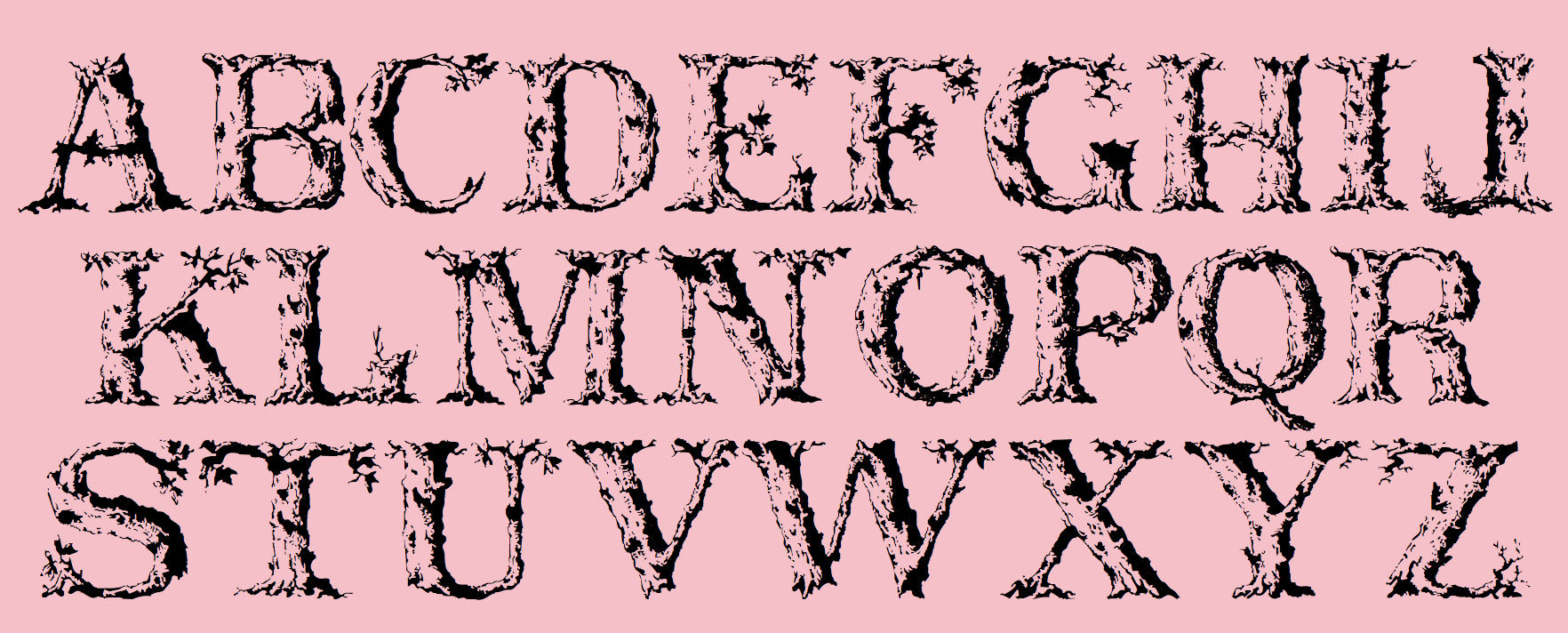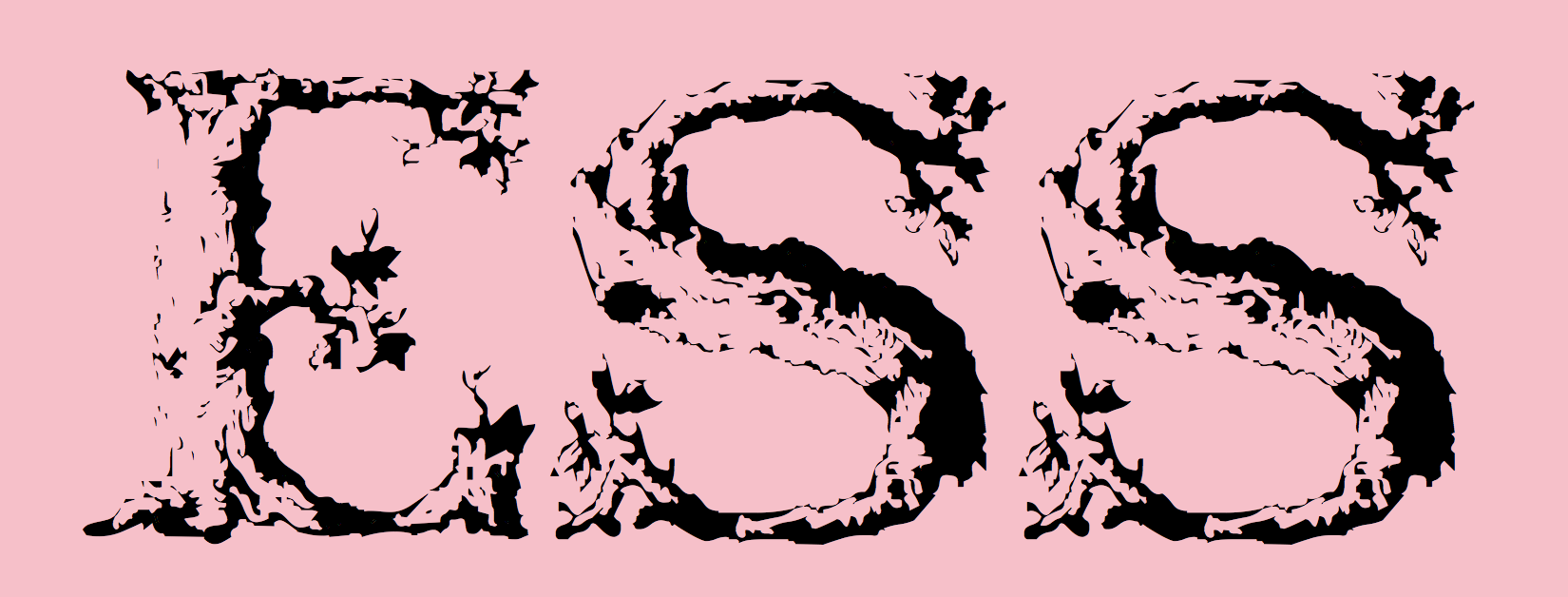TYPE DESIGN INFORMATION PAGE last updated on Mon Apr 15 05:38:38 EDT 2024
FONT RECOGNITION VIA FONT MOOSE
|
|
|
|
Hermann Esser
Author of Draughtsman's Alphabets (1877). Apostrophe made the font Nero based on Hermann Esser's 1878 Rustic Capitals. Exclusive at the (now defunct) Fontsanon site. He explains: Specimens of the mid-to-late 1800s Herman Esser types were collector's items for the longest time. Between 1910 and 1925, Esser specimens was a craze of almost the same magnitude that comic books were in the 1980s. George Abrahms, a book and old typography collector from New York City, made a fortune from auctioning off his Esser collection. All of Esser's art vanished for a bit more than a decade after World War II came to a stop, and the majority of it never saw the light again. Much of it was burnt among Nazi propaganda material (the 1800s artist's name was the same as that of the Nazi secretary of state during the 1940s, so all of the Esser art found in Germany after WWII was mistakenly attributed to the Nazi Esser as opposed to the true originator of almost half a century prior to the war -- much like most of the watercolour paintings made by an artist named Adolf Hitler were mistakenly burned because they were thought to have been the work of the Nazi leader). In the late 1950s, there was a revival of typogpraphy specimen publications, caused by some, according to certain circles, inexplicable demand for "more than the standards defined by Jannon, Bodoni, Goudy, Gill, and their heritage" (Influence of Symbolism, by Frank P. Marshall, p. 186). The wave that started in 1957 with the re-publication of a few George Bickham sample calligraphy books continues to this present day. Specimen books are quite popular among typography and calligraphy enthusiasts, as well as more expensive than most other genres of publication relation to design in general. The only Herman Esser type that can be seen in any of the specimen books published during the past 55 years is called Rustic, and it consists of the capital alphabet made out of burned trees. One can speculate about how Rustic escaped the Nazi propaganda burnings, and how an originating date was attributed to it, but aside from a few theories out there, no "official" answer was reached. Rustic is still as starkly mysterious now as it may have been in 1878. Nero is an attempt at reviving Rustic and completing Esser's work. Esser's 25 capitals (he never did a J for Rustic) was turned into a typeface of more than 200 characters. Due to postscript limitations about the number of points in each glyph, only a true type version was produced. David Nalle revived Esser's Belphebe (1998, Scriptorium). |
EXTERNAL LINKS |
| | |

file name: Apostrophe Nero after Hermann Esser Rustic Capitals 1878

file name: Apostrophe Nero after Hermann Esser Rustic Capitals 1878b
| | |
|
Luc Devroye ⦿ School of Computer Science ⦿ McGill University Montreal, Canada H3A 2K6 ⦿ lucdevroye@gmail.com ⦿ http://luc.devroye.org ⦿ http://luc.devroye.org/fonts.html |
